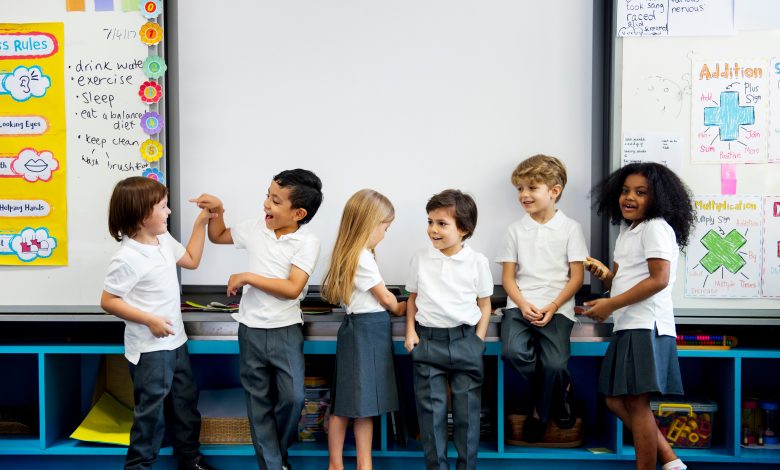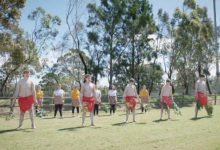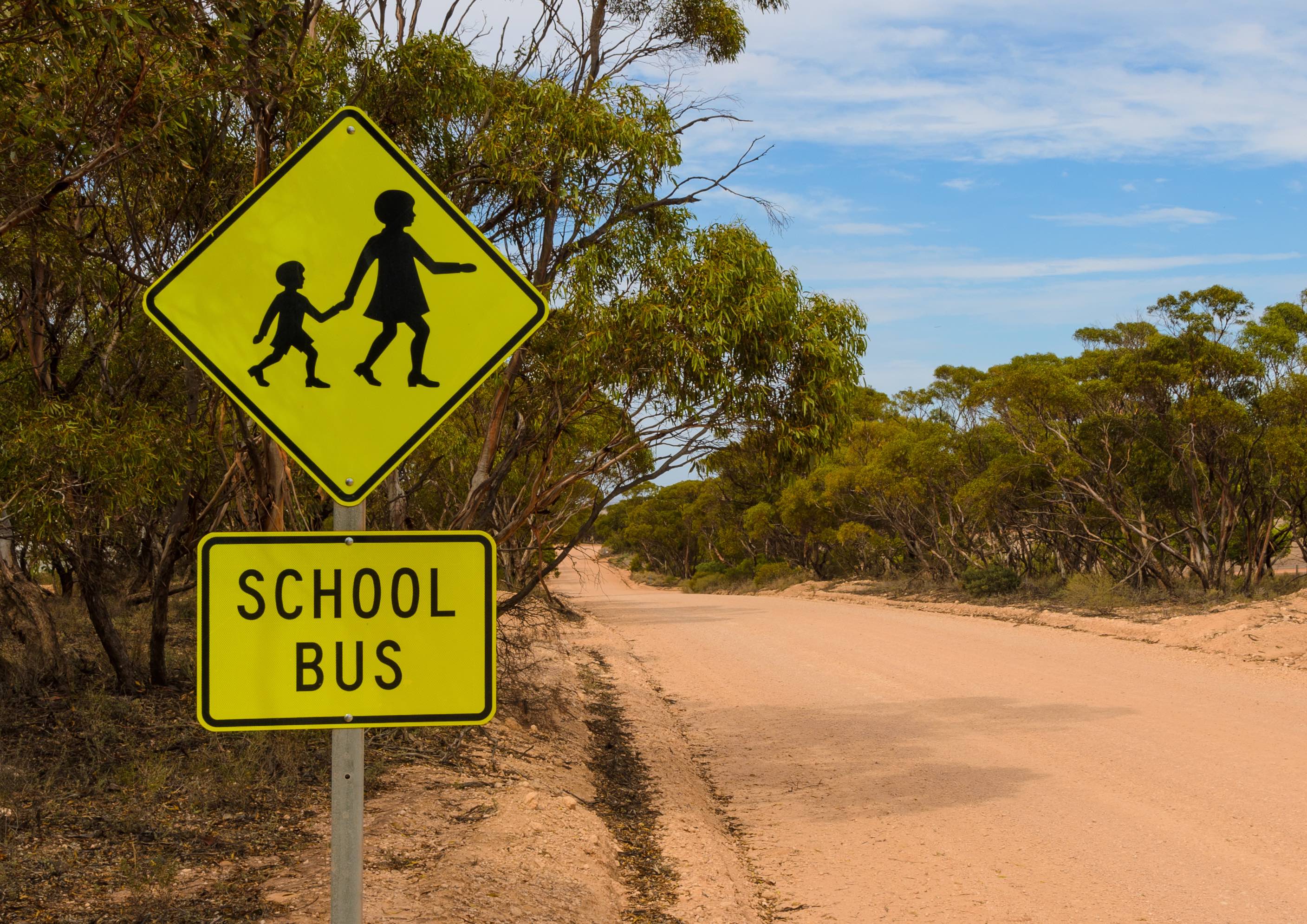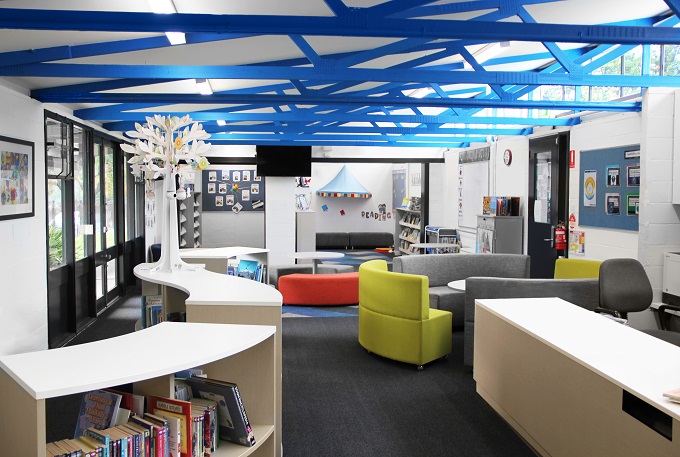
“Educators are passionate about doing the very best for the young Australians in their care despite managing workload pressure, staff shortages and long hours[1],” said Dr Hannah Brown, Education and Young People Manager at R U OK? “They recognise that for their students, supporting their peers and talking with each other about how they’re really feeling are important life skills.”
The R U OK? calendars and e-newsletters feature free resources to support educators in teaching these skills to students throughout the academic year. All resources are co-developed with educators to ensure they are relevant and effective in real classroom settings.
“During our consultations with educators, we consistently heard that time constraints were a barrier to searching for supporting resources,” explained Dr Brown. “By creating the opportunity for educators to receive resources directly and focusing on concise, easy-to-implement ideas, we hope to simplify workflow and support the dedicated teaching community to embed these important life skills among their school community every day of the year.”
2024 R U OK? educator resources include:
- Calendars: Tailored for both primary and secondary school educators, these one-time downloads highlight important dates and provide links to free activities and resources for use year-round in the classroom.
- Dedicated educator e-newsletter: A concise quarterly email update, featuring links to practical resources, ideas for classroom activities, and inspiring stories from educators who are fostering an R U OK? culture in their community throughout the year.
Key features of R U OK? educator resources:
- Free and age-appropriate: All resources are free, age-appropriate, co-developed with educators, mapped to learning themes and aligned with learning objectives.
- Building an R U OK? Culture: Resources are designed to help schools build and maintain an R U OK? Culture amongst staff, students, and the wider school community.
Educators can access these free R U OK? resources here.







